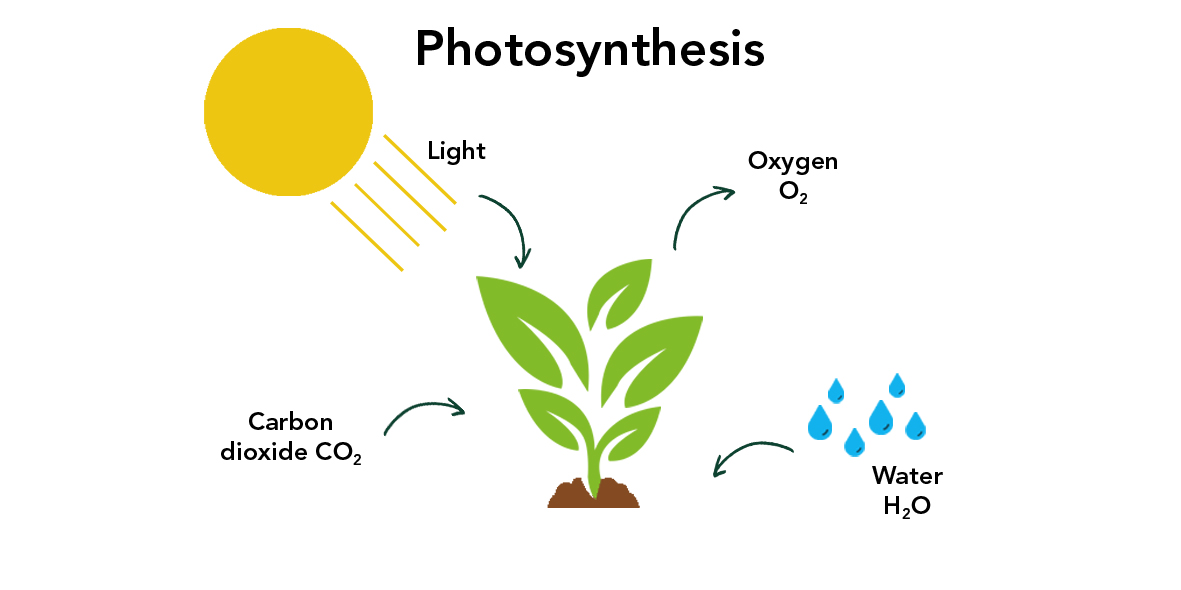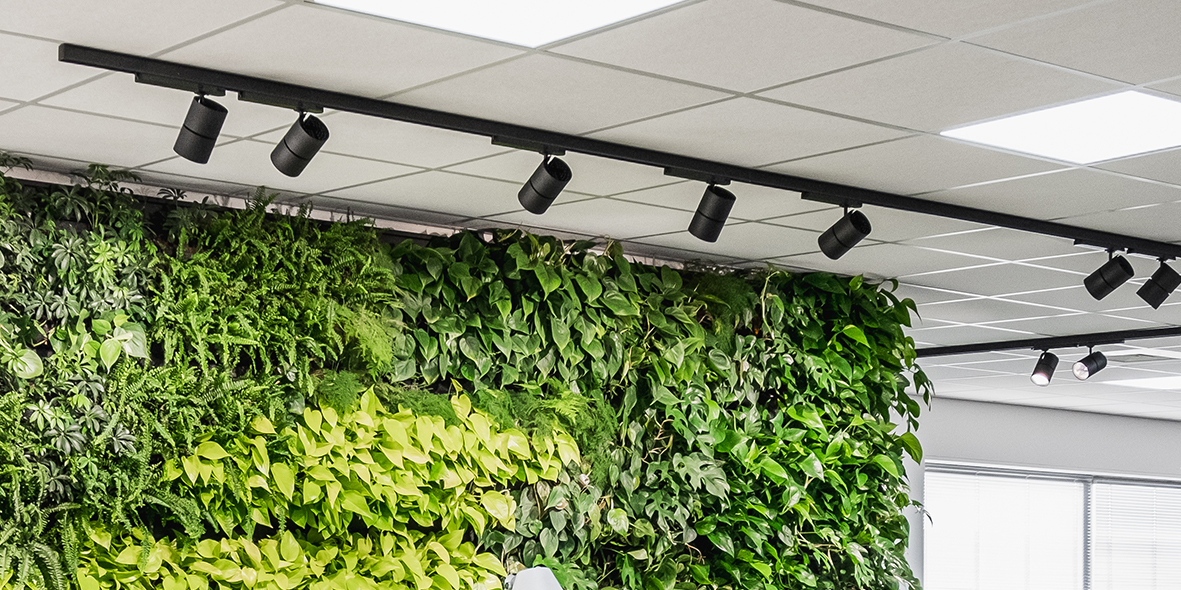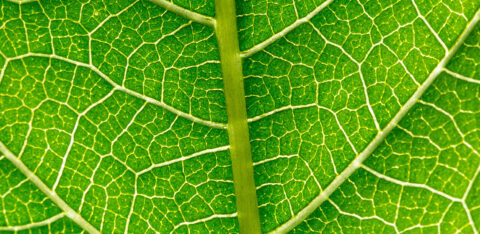The importance of light for interior planting
4 April 2025Light plays a crucial role in the health and growth of indoor plants. Through photosynthesis, plants convert light into energy, which is essential for their survival and development. The amount and quality of light determine which plants are suitable for a specific space. Most indoor plants require a minimum of 500-1,000 lux for healthy growth. In spaces with limited natural light, grow lights can be used to mimic daylight and keep plants healthy. Here, we discuss how light requirements in lux impact indoor plants and provide guidelines for various light needs.

What is lux and why is it important?
Lux is a unit that measures the amount of visible light reaching a surface. For plants, lux is a measure of the light intensity available for photosynthesis. While most office and residential spaces have a light intensity of 300-500 lux, most plants require more light to grow optimally and maintain their decorative value.
Light Requirements in Lux for Indoor Plants
-
- Low Light Requirements (50-500 lux)
Plants with low light requirements can survive in shaded areas or under indirect light. These plants are ideal for spaces with little natural light, such as hallways or rooms without windows.
- Low Light Requirements (50-500 lux)
Examples: Sansevieria (Snake Plant) – Zamioculcas (ZZ Plant) – Spathiphyllum (Peace Lily)
-
- Medium Light Requirements (500-1,000 lux)
Plants with medium light requirements thrive in indirect light, such as near a window with curtains that filter direct sunlight. These plants are commonly used in offices and living rooms.
- Medium Light Requirements (500-1,000 lux)
Examples: Monstera (Swiss Cheese Plant) – Dracaena – Philodendron
-
- High Light Requirements (1,000-3,000 lux or more)
Plants with high light requirements need bright indirect light or direct sunlight, such as near a south-facing window. They flourish in spaces with plenty of natural light and are less suitable for darker corners.
- High Light Requirements (1,000-3,000 lux or more)
Examples: Ficus (Fig Tree) – Areca Palm – Cacti and Succulents

What to do in Case of insufficient light?
In spaces with insufficient light intensity (<500 lux), special grow lights can be used to provide plants with the light they need. Grow lights simulate daylight by delivering light with the correct wavelengths required for photosynthesis. They are an excellent solution for offices, shops, and other areas with limited natural light.
Tips for optimizing light for indoor plants
- Place Plants Strategically: Position plants closer to windows to maximize light exposure.
- Use Light Meters: Measure the lux levels in a space to determine which plants are suitable.
- Avoid Overexposure: Some plants can be damaged by excessive direct sunlight. Provide shade when necessary.
- Invest in Grow Lights: For spaces lacking sufficient natural light, grow lights are a sustainable and effective solution.




